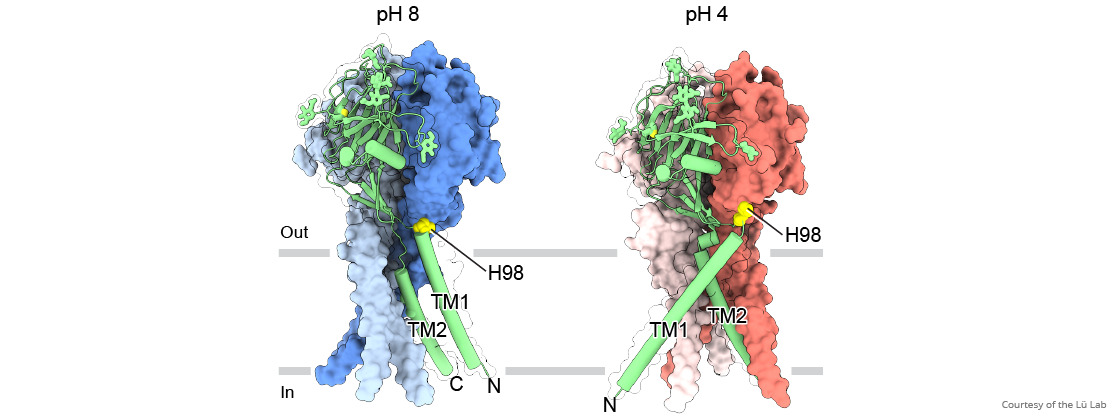Robots built by engineers at the University of California San Diego helped achieve a major breakthrough in understanding how insect flight evolved, described in the Oct. 4, 2023 issue of the journal Nature. The study is a result of a six-year long collaboration between roboticists at UC San Diego and biophysicists at the Georgia Institute of Technology.
Tag: Nature (magazine)
Brain Cell Activity Plays Critical Role in CNS Disorder Outcomes
Investigators at Cedars-Sinai have comprehensively mapped molecular activity in the brain and spinal cord that is responsible for regulating the body’s response to central nervous system (CNS) disorders such as Alzheimer’s, Huntington’s disease and spinal cord injuries.
Robots learn faster with quantum technology
Artificial intelligence is part of our modern life by enabling machines to learn useful processes such as speech recognition and digital personal assistants. A crucial question for practical applications is how fast such intelligent machines can learn. An experiment at the University of Vienna has answered this question, showing that quantum technology enables a speed-up in the learning process.

Near-atomic ‘maps’ reveal structure for maintaining pH balance in cells
GRAND RAPIDS, Mich. (Nov. 4, 2020) — For the first time, scientists have visualized a new class of molecular gates that maintain pH balance within brain cells, a critical function that keeps cells alive and helps prevent stroke and other brain injuries.

Arizona biologist part of international team to sequence genome of rare reptilian ‘living fossil’
Northern Arizona University professor Marc Tollis was one of a dozen collaborators sequencing the genome of the tuatara, a lizard-like creature that lives on the islands of New Zealand. This groundbreaking research was done in partnership with the Māori people of New Zealand, as the tuatara is a sacred animal for many tribes.
New bile discovery will rewrite textbooks
Forget what you know about bile because that’s about to change, thanks to a new discovery made by Michigan State University and published in the current issue of Nature. Much of our knowledge about bile hasn’t changed in many decades. It’s produced in the liver, stored in our gall bladder and injected into our intestine when we eat, where it breaks down fats in our gut.